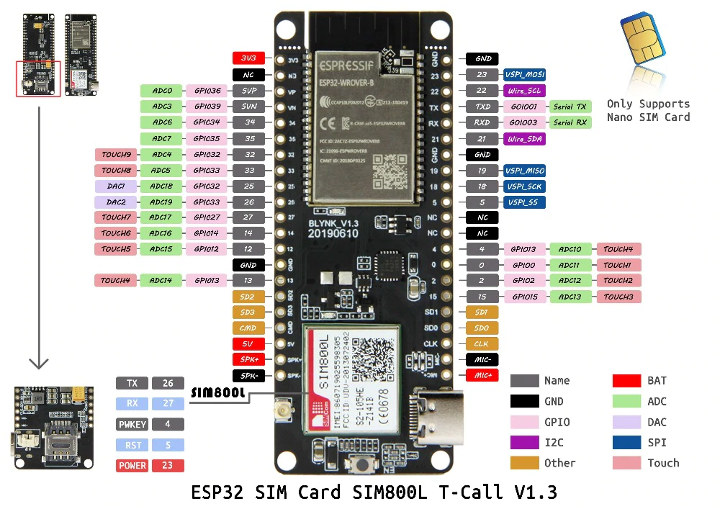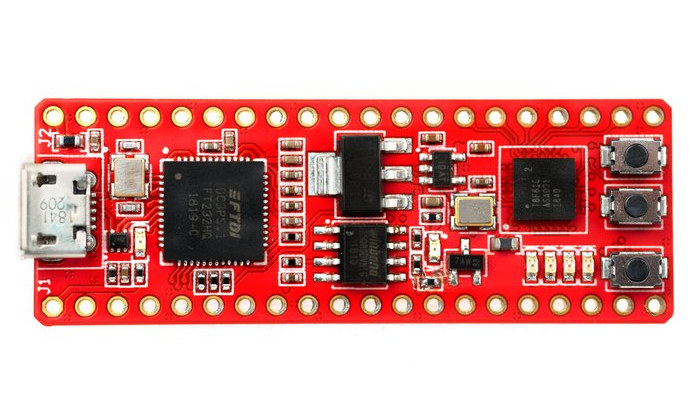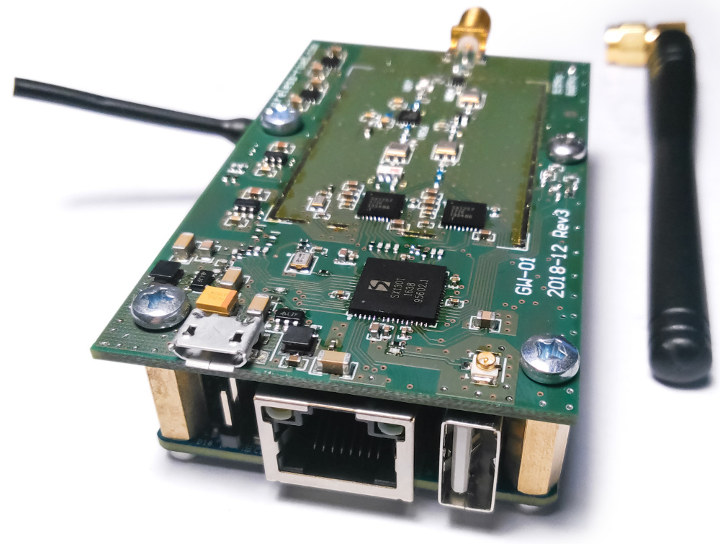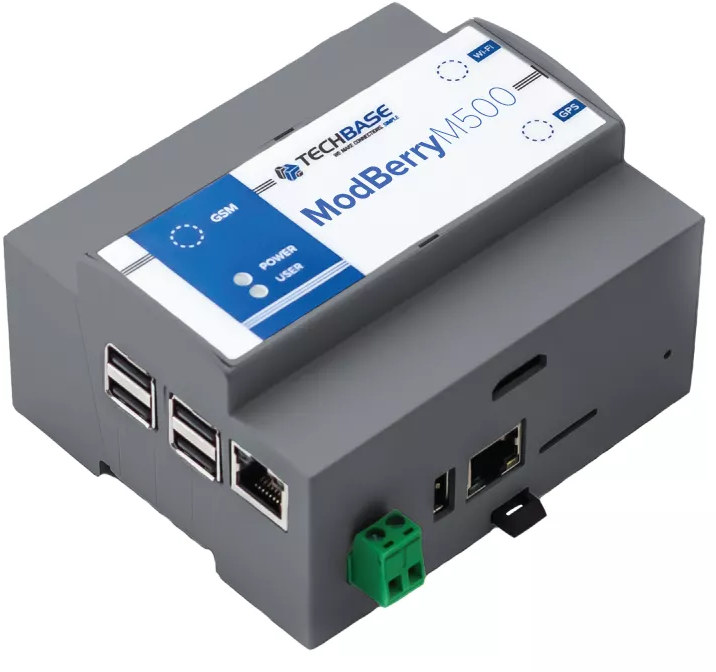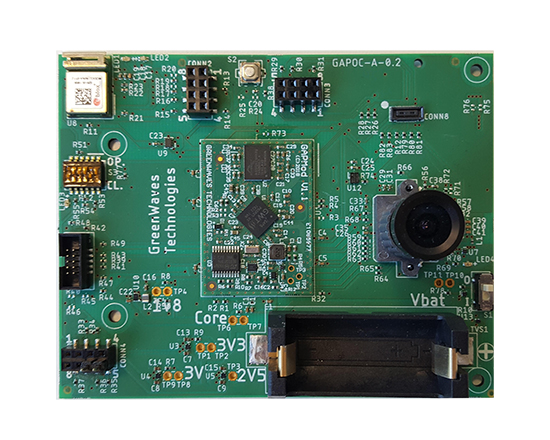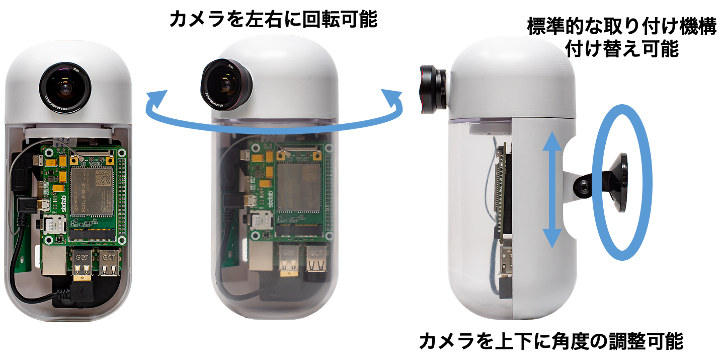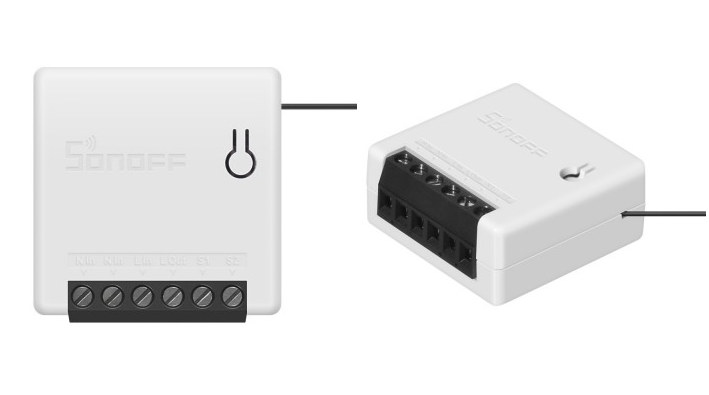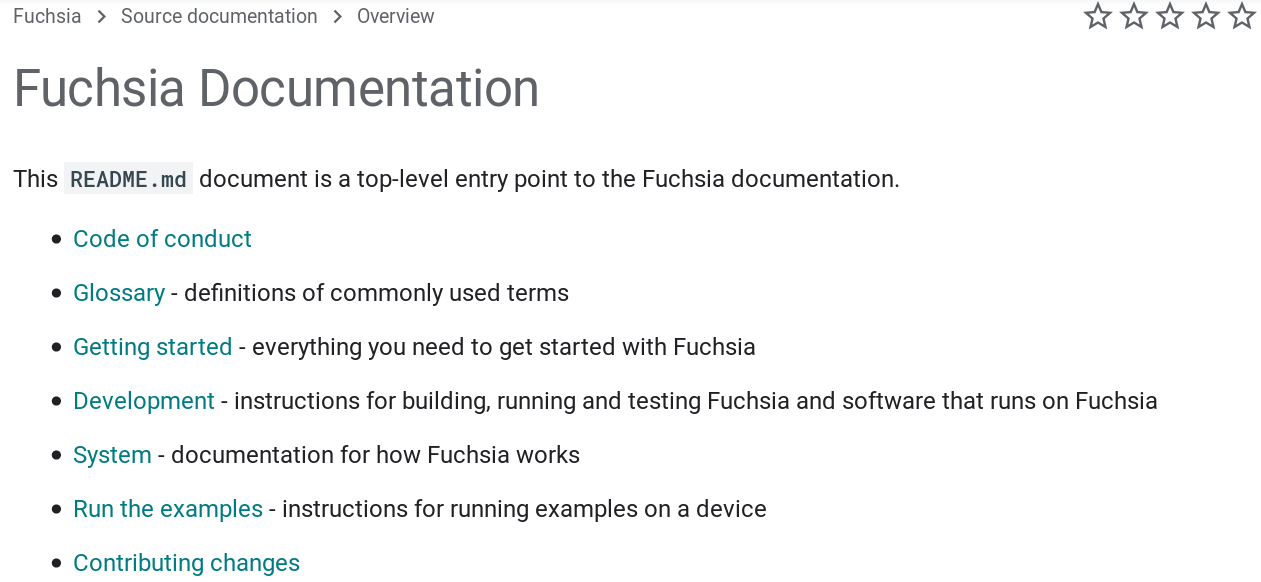LilyGo has launched several TTGO boards usually based on Espressif ESP8266 or ESP32 over the years. Here’s another that could be useful if 2G cellular networks have not sunset in your country: TTGO T-Call. The new board combines ESP32 WiFi & Bluetooth WiSoC with SIMCom SIM800L GPRS module, and also happens to rely on a USB-C port for power and programming instead of the more common micro USB port on this type of hardware. TTGO T-Call board (BLINK_V1.3) specifications: Wireless Module – ESP32-WROVER-B based on ESP32 dual core Xtensa processor @ 240MHz with 520kB SRAM on-chip, 4MB QSPI flash, 8MB PSRAM Connectivity – WiFi 4 802.11 b/g/n (2.4 GHz) up to 150 Mbps Bluetooth 4.2 Classic + LE Cellular – 2G GSM/GPRS via SIMcom SIM800L module + Nano SIM card slot USB – 1x USB-C for power and programming (via CP2104) Expansion – 2x 21-pin headers with UART, SPI, SDIO, […]
$30 FireAnt Development Board Features Efinix Trion T8 FPGA (Crowdfunding)
When I think FPGA, company names such as Xilinx, Altera (now Intel), or even Microsemi come to my mind. But there are also other companies such as Anlogic or Lattice Semi that offer FPGA chips. Today I’ve come across another FPGA silicon vendor, namely Efinix, with their Trion T8 FPGA found in XIPS Technology’s tiny FireAnt development board targeting makers and hardware designers. FireAnt specifications: FPGA – Efinix Trion T8 (T8F81C2) with 7384x LE counts, 8x embedded multipliers, 1x low-power oscillator, 1x PLL, 122.88 kbit internal RAM; Package – BGA-81 (5×5 mm) Storage – 8 Mbit serial NOR Flash Expansion – 2x 20-pin headers (soldered or unpopulated) with up to 35 GPIOs Debugging & Programming Micro USB 2.0 port via FTDI FT232HQ USB to serial chip JTAG signals in bottom layer Misc – Onboard 33.333 MHz crystal oscillator for PLL; 6x LEDs including 4 user configurable; 3x buttons (Reset, BTN1, […]
M2M-IoT GW-01 LoRaWAN Gateway is equipped with Orange Pi Zero H2+ SBC
M2M-IoT has developed a new LoRa gateway. The gateway, GW-01, is based on Orange Pi Zero H2+ board. While it is new, it has a lot of useful features. The new GW-01 gateway operates in the 868MHz or 915MHz LoRa frequencies and has -139 dBm sensitivity. Furthermore, the GW-01 is fully functional. It is also an open source low-cost solution to developing a LoRaWAN network. In addition, the gateway supports both OpenWrt, and Armbian distributions, and you’ll find documentation for both on Github. Another great thing about the gateway is that it has two boards. Also, the first board, which is on top, is based on SX1301. This 8 channel LoRa concentrator implements the LoRa physical interface. Now, the second board is at the bottom. It is also the model that the whole gateway was based on. This board is the OrangePi Zero H2+ 256MB (RAM) development board. The gateway […]
ModBerry M500 Industrial Computer Gets Upgraded to Raspberry Pi 4
We first wrote about Modberry M500 industrial computer when it was upgraded from Raspberry Pi 3 to Raspberry Pi 3 B+, and added PoE support. With the launch of Raspberry Pi 4 model B, it should come as no surprise that Techbase has now announced Modberry M500 would be available with the latest board from the Raspberry Pi Foundation. Modberry M500 RPI 4 preliminary specifications: SoC – Broadcom BCM2711B0 quad-core Arm Cortex-A72 processor @ 1.5 GHz with VideoCore VI GPU System Memory – 1GB, 2GB or 4GB LPDDR4 Storage – 4GB eMMC flash (TBC), and/or 8GB micro SD card Video & Audio Output – HDMI 2.0 up to 4K @ 60Hz and 3.5mm jack for CVBS (composite + stereo audio) Connectivity True Gigabit Ethernet, up to 2x optional 10/100M Ethernet ports Dual band 802.11 b/g/n WiFi and Bluetooth 5.0 LE Optional Zigbee, LTE/3G, GPS, WiFi, and Bluetooth cards USB – […]
GAPPoc AI development boards based on the GAP8 RISC-V Chip
GreenWaves has developed a development board based on the GAP8 chip which can be evaluated from a GAPuino board, a generic board that can run off a low power external power source or USB and is compatible with the Arduino ecosystem. Recently the company moved beyond the generic board to the GAPPoc, platform which stands for GAP8 Proof of Concept. The GAPPoc is focused on a class of applications which can be embedded on a single board and able to carry hardware such as crystal or external memory, sensors, a radio fit, and a battery. The board will be geared towards a set of low power functions for a particular class of applications. This is a family of boards designed to increase the range of abilities in edge Artificial Intelligence. At this time there is only a single board with a platform to enhance AI, targeting Computer Vision in the […]
S+ Camera Basic Combines Raspberry Pi 3 Board and LTE Shield for Edge Applications
Soracom is a company that provides global IoT network cellular connectivity for businesses in smart IoT agriculture, energy, consumer, manufacturing, transportation, and medical industries, and even provides free IoT SIM cards for evaluation (US/Canada only). The company has just announced the S+ Camera on its Japanese blog. The camera looks to features several off-the-shelf components including a Raspberry Pi 3 board and SixFab Raspberry Pi 3G-4G/LTE Base Shield V2 connecting to Soramcom network. It’s a little confusing as to why a cellular IoT company would develop an LTE camera since streaming video requires bitrates not normally associated with IoT. The blog post does provide a few more details however, as S + Camera is said to run SORACOM Mosaic software which enables “algorithms for edge processing cameras and management and operation of cameras”. That means it’s quite possible the video will not be streamed, but edge processing/computing usually means AI is […]
Sonoff MINI & R3 Smart Switches Support a DIY REST API
ITEAD Studio’s Sonoff are low-cost wireless switches based on ESP8622/ESP8285 WiSoC, and supporting WiFi and/or 433 MHz connectivity. They usually come with a firmware that allows users to control them with eWelink app for Android or iOS. But many people will install alternative open source firmware such as Sonoff-Tasmota or ESPurna to get more flexibility such as the ability to use MQTT. But the company’s latest models, including Sonoff MINI and R3 series, implement a “DIY” REST API that allows you to control the device, or flash the firmware over a LAN connection. Sonoff MINI two-way Smart Switch Sonoff MINI is designed to be installed behind existing wall-mounted light-switches and wall-mounted power-sockets. Specifications: Terminal blocks with 6x inputs/outputs: N/L Inputs – AC 100-240V 50/60Hz 10A Max N/L Outputs – AC 100-240V 50/60Hz 10A Max S1/S2 – Designed to optionally connect a standard on/off switch Connectivity – Wi-Fi 4 – 802.11 […]
Google Fuchsia Operating System Gets its own Developer Website
Google has been developing Fuchsia open source operating system based on Zircon kernel for several years. It’s still unclear what’s the end goal. Will it replace Android or/and Chrome OS, ditching the Linux kernel for Zircon in the process? We don’t know, and Google claims its an experimental endeavor. Only the future will tell. We’ve had access to the source code since 2016, but Google has now launched a dedicated developer website for Fuchsia: fuchsia.dev This is year 2019, and Google being a Western company it should not be surprising the first part of the documentation is a Code of Conduct, but there’s also plenty of technical documentation with a glossary, getting started guide, building instructions, an overview of the OS, code samples, and instructions to contribute either by testing or submitting changes to Gerrit. Fuchsia is strictly a 64-bit operating system at this stage with support for Arm64 and […]

